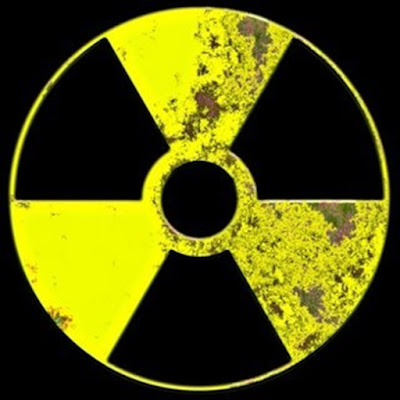No matter how much we try to avoid it, small doses of radiation seem to be everywhere - from computer monitors, television sets, and airport body scanners to nuclear power plants, smoke detectors, and dental x-rays. According to the latest estimates, an average person in the U.S.
What Can Patients Do to Help Themselves?
Radiation exposure should be limited whenever possible. Still, when a CT scan is deemed critical, patients should get it. "Those [radiation] doses just are not really significant at this point compared to the benefit of extending lives, saving lives and improving the quality of lives," says Dr. Ellenbogen of the American College of Radiology, also a radiologist atSouthwest Diagnostic Imaging Center in Dallas
While you can’t go back in time to calculate the doses of radiation received in the past, you can certainly take steps moving forward. For example, many are now only considering procedures such as dental X-rays and additional CT scans if there is a cause for concern – not just for preventive reasons anymore.
Radiation Exposure Estimates
The chart below is a comparison of effective radiation dose with background radiation exposure. The effective doses are typical values for an average-sized adult, and the actual dose can vary substantially, based on a person’s size for instance.
CT procedure:
|
Estimated effective radiation dose:
|
Comparable to natural background radiation for:
|
* Risk level from examination:
| ||||||||||||
ABDOMINAL REGION:
| |||||||||||||||
Abdomen and Pelvis
|
10 mSv
|
3 years
|
Low
| ||||||||||||
Abdomen and Pelvis, repeated with & without contrast material
|
20 mSv
|
7 years
|
Moderate
| ||||||||||||
Colonography
|
10 mSv
|
3 years
|
Low
| ||||||||||||
CENTRAL NERVOUS SYSTEM:
| |||||||||||||||
Head
|
2 mSv
|
8 months
|
Very Low
| ||||||||||||
Head, repeated with and without contrast material
|
4 mSv
|
16 months
|
Low
| ||||||||||||
Spine
|
6 mSv
|
2 years
|
Low
| ||||||||||||
CHEST:
| |||||||||||||||
Chest
|
7 mSv
|
2 years
|
Low
| ||||||||||||
Chest Low Dose
|
1.5 mSv
|
6 months
|
Very Low
| ||||||||||||
HEART:
| |||||||||||||||
Coronary Computed Tomography Angiography (CTA)
|
12 mSv
|
4 years
|
Low
| ||||||||||||
Cardiac CT for Calcium Scoring
|
3 mSv
|
1 year
|
Low
| ||||||||||||
| |||||||||||||||
Chart derived from: http://www.radiologyinfo.org/en/safety/index.cfm?pg=sfty_xray
| |||||||||||||||
Remember, there are ways radiation exposure can be fine-tuned to help lower radiation levels. Those who use radiology equipment must be adequately trained in equipment operation and radiation safety principles to protect the patients and personnel that are subject to exposure.
Call me with any questions you may have about CT safety or CT equipment.
Posted by:
Charla Hurst
General Operations Manager
Charla@ClermontRadiology.com
352-241-6100
www.ClermontRadiology.com
Posted by:
Charla Hurst
General Operations Manager
Charla@ClermontRadiology.com
352-241-6100
www.ClermontRadiology.com


No comments:
Post a Comment